RMI Expeditions Blog
Posted by:
Categories: Mountaineering Fitness & Training

UPDATED 4 NOV 2019
A major component of a successful training plan and regimen is varying the intensity of workouts in an organized way to create an increase in overall fitness and performance. Some workouts are hard, some are short bursts of maximum effort, and many are long and slow endurance sessions. As we consider the goals of different training periods and the types of training that they entail, workouts tend to be defined by their intended HR or intensity zone.
Training zones have traditionally been distilled into five categories, based on their physiological effect and the corresponding effort they require. While it’s not a particularly exciting way to label them, the categories are named Zone 1, Zone 2, Zone 3…you get the idea. For those that train with a heart rate monitor, percentage of max heart rate (MaxHR) is a common way to help identify your training zones. The most common method to determine your MaxHR is to subtract your age from 220. This can provide somewhere to start, but MaxHR shows a high degree of variability between people, mostly due to genetics. It does decrease with age, and level of fitness actually has very little effect on one’s MaxHR. As you get further into your training plan and have some HARD workouts, you’ll get a sense for where your MaxHR more realistically lies. If you see a higher MaxHR show up on your workout than the formula says you should, go with that. If you can’t get anywhere near your calculated MaxHR despite the hardest workouts, go with the highest value you’ve seen.
While MaxHR is one of the most common ways to determine an individual’s training zones from common software platforms such as Strava, TrainingPeaks, etc, there are other methods that can offer a bit more refinement. These include the HRR or Heart Rate Reserve method, or completing an Aerobic Threshold Test and Anaerobic Threshold Test.
Heart rate monitors are great training tools, but are not necessary to train properly. Another method of setting the zones is to use perceived effort. The zones are described as follows:
Zone 1: Zone 1 is described as the aerobic recovery zone, and is between 50—60% of MaxHR. At this intensity, the body burns fat for energy and allows muscles to replenish their glycogen stores. On a perceived effort scale, this workout almost feels like a non-workout. At the end you should feel that you didn’t go hard enough to accomplish anything perhaps. In reality, this is a great intensity for building your aerobic base and to aid muscle recovery.
Zone 2: 60—70% of MaxHR is where the body is most efficient at building endurance. This is still a purely aerobic effort, and for those without a heart rate monitor, it is a pace that you can carry on a conversation while exercising. Since this is the best physiological zone for building your aerobic capacity, a lot of your long workouts will take place at this intensity.
Zone 3: Zone 3 is between 70 and 80% of your Max HR, and generally is the zone when you stop being able to talk in full sentences, but can still get out short bursts of words at a time. Physiologically, Zone 3 is the space between your Aerobic Threshold and your Anaerobic Threshold. It can bring powerful training improvements to both aerobic capacity and anaerobic threshold, but the benefits quickly plateau over the course of a training program, so use it sparingly. It is useful for some tempo workouts and interval training, but is probably the zone to spend the least amount of your training time.
Zone 4: Here, we are talking about speed, discomfort, and shorter efforts. Zone 4 is the anaerobic threshold zone. At 80 to 90% of MaxHR, your body burns significantly less fat, using the glycogen stored in the muscles instead. This form of energy transfer is less efficient (lack of oxygen!) so lactic acid is a byproduct. Above your anaerobic threshold, your body’s ability to remove and process lactic acid is overwhelmed, and it begins to build up. This intensity becomes unsustainable over the course of an hour or less. This translates to your race pace, and feels like an effort that you won’t be able to keep up for very long, and what you’d like most to do is slow down or stop.
Zone 5: 90 to 100% of MaxHR. This is for pure speed and all out effort. It typically involves intervals, or short bursts of max effort, and is useful for increasing your anaerobic threshold and increasing your body’s ability to cycle lactic acid and recover from hard efforts. It is difficult to measure Zone 5 with a heart rate monitor because the body’s ability to maintain zone 5 is on the order of several seconds, and there tends to be a lag in the HR response to the effort. Needless to say, these efforts are all out and explosive, 10 to 15 seconds long.
Training zones are a great way to set the goal for a workout and ensure that you are getting maximum benefit from your training sessions. Identify which zones you’ll be working out in before hand to design the day’s workout goals, and afterward assess yourself to see how you did - were you able to maintain your effort in your planned zone(s) throughout the workout?
The description of the zones is not set in stone. If your heart rate monitor says that you are in Zone 2 but you are having trouble carrying on a conversation, then you should scale back what you consider Zone 2 to bring it in to line. If you are going as fast as you possibly can but can’t make it to Zone 5, then your MaxHR estimation might be a little high, and you can scale it down. Once the levels are dialed in, they are a great way both to design and track your workouts going forward.
_____
Comments? Questions? Share your thoughts here on the RMI Blog!
Posted by: JT Schmitt, Grayson Swingle
Categories: Expedition Dispatches Mexico




On The Map

On The Map
Fingers crossed for your climb today (Saturday)
Cheers from Indiana!!
Lovely photos!
Posted by: Kathy on 10/19/2019 at 6:44 am






On The Map
WOW! What a beautiful sight, especially with someone I know in it! (:-)
Posted by: E J Fisher on 10/16/2019 at 11:47 am

On The Map
Great going, guys! Keep it up, up, up. (:-)
Posted by: E J Fisher on 10/16/2019 at 11:42 am
Have a great couple days on ixta enjoy the beauty within and around.
Posted by: Joe on 10/15/2019 at 2:02 pm



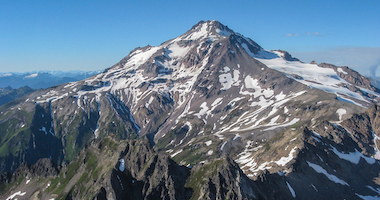





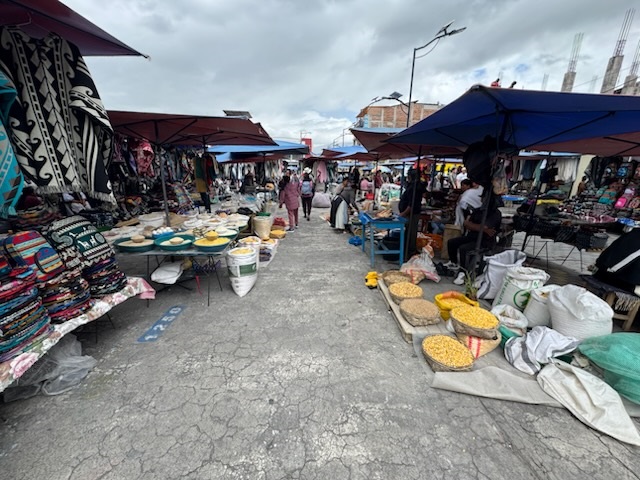
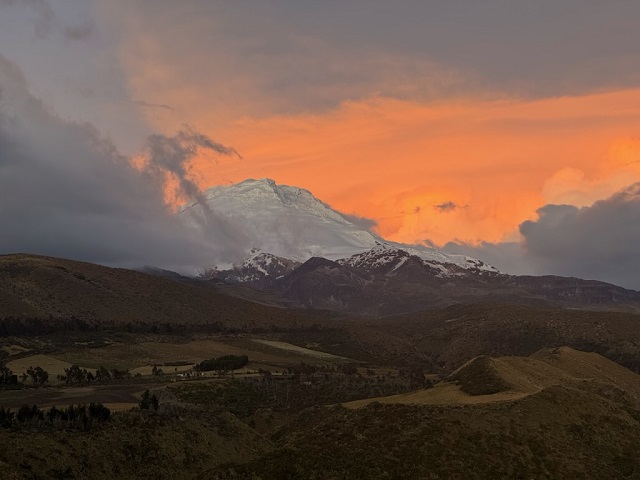

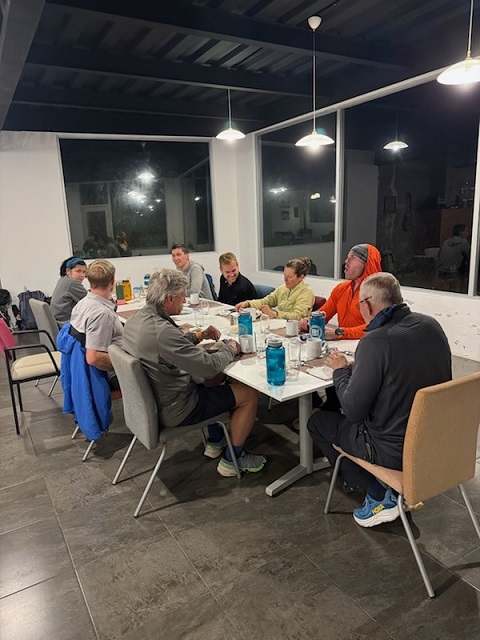
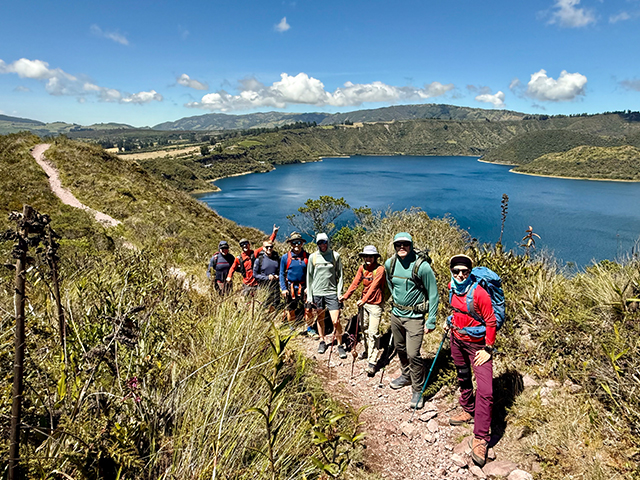
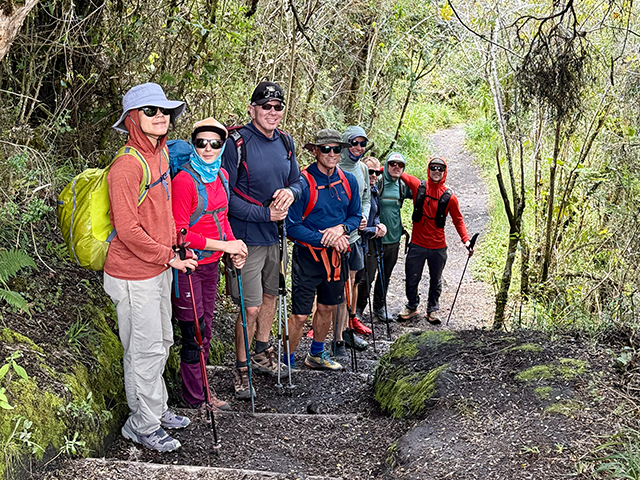
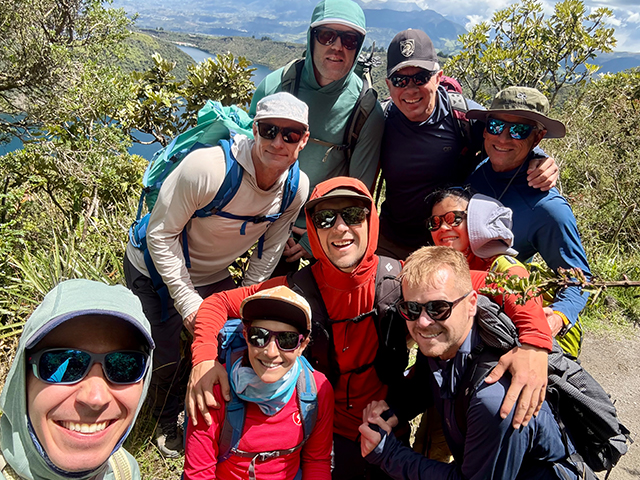
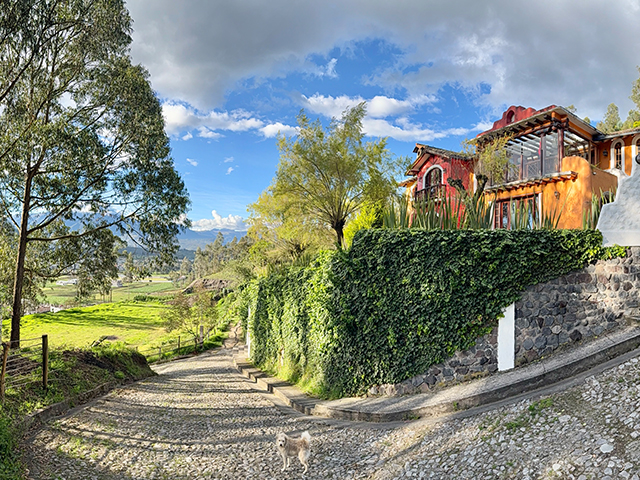
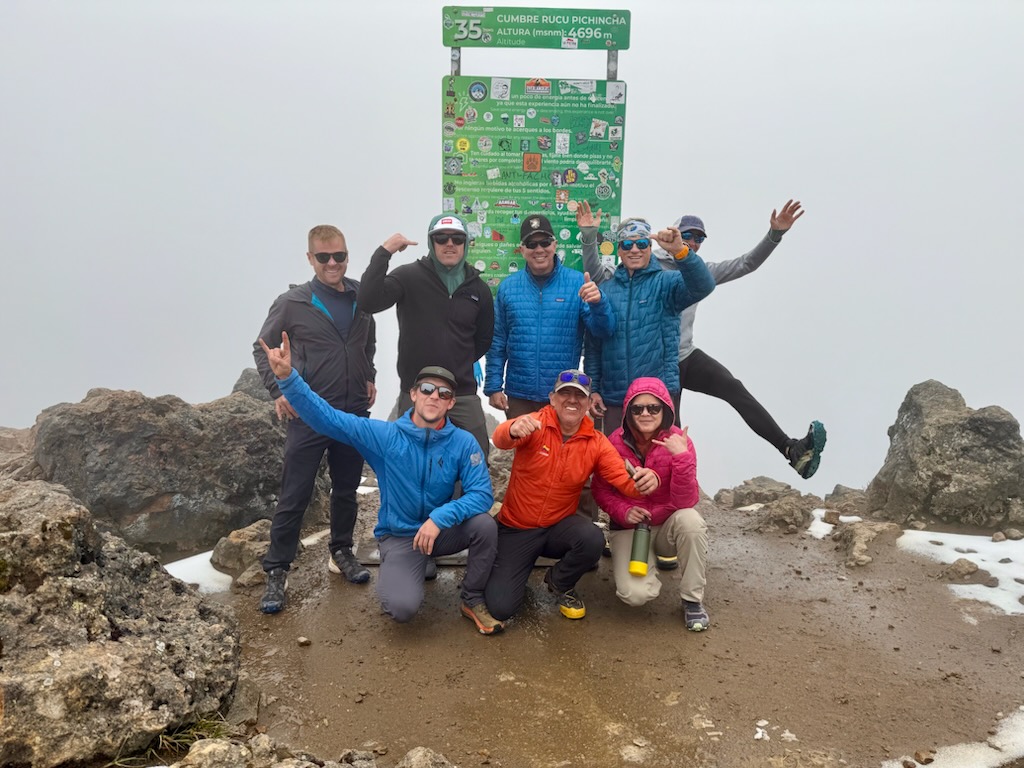
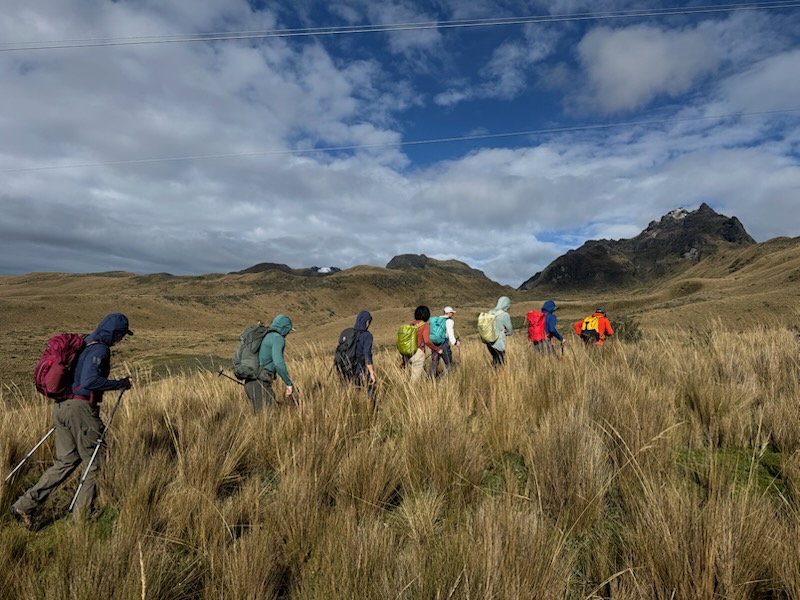
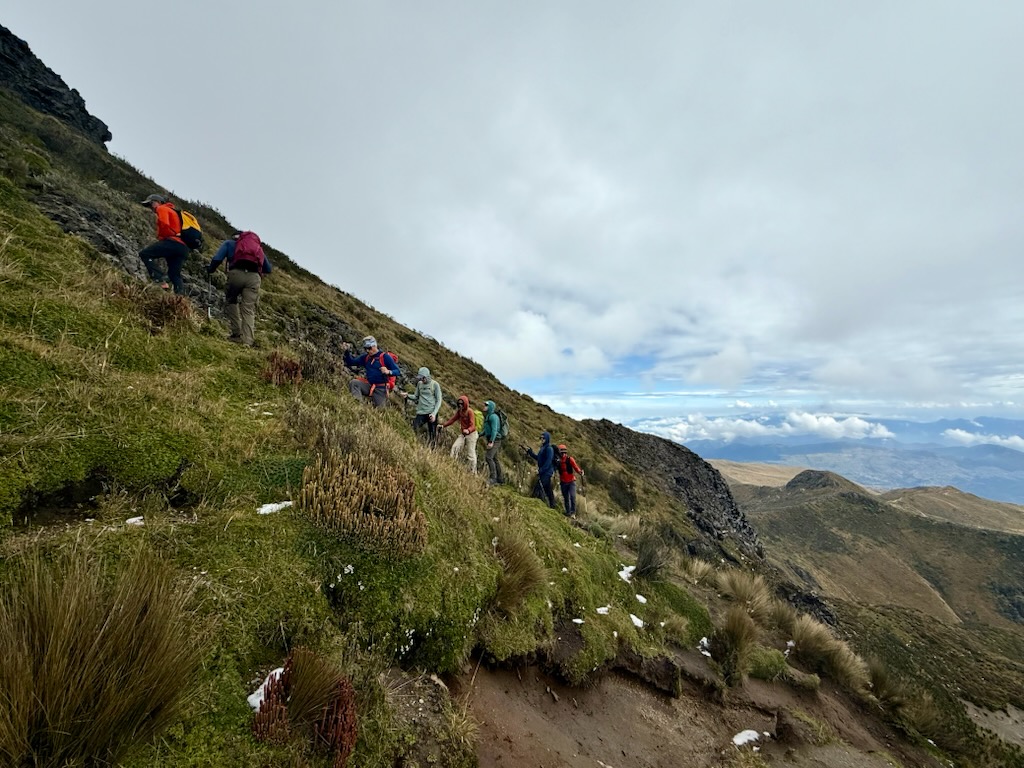


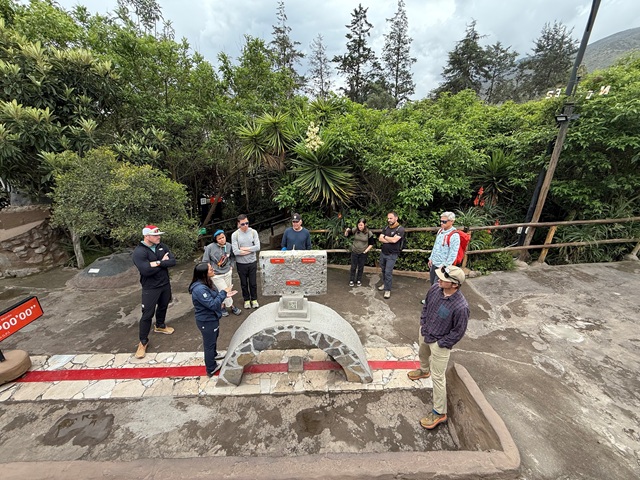

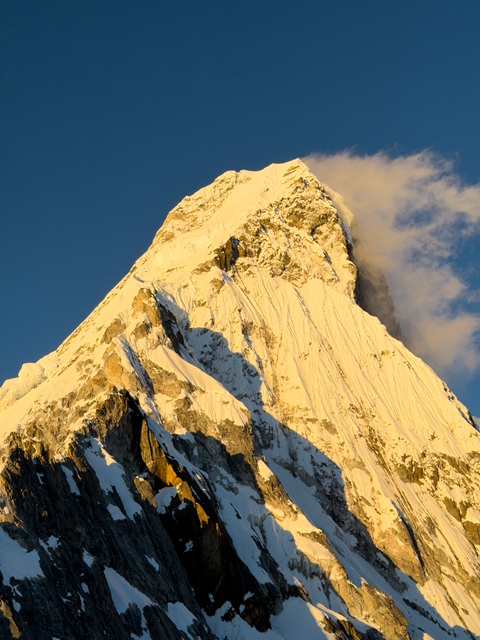
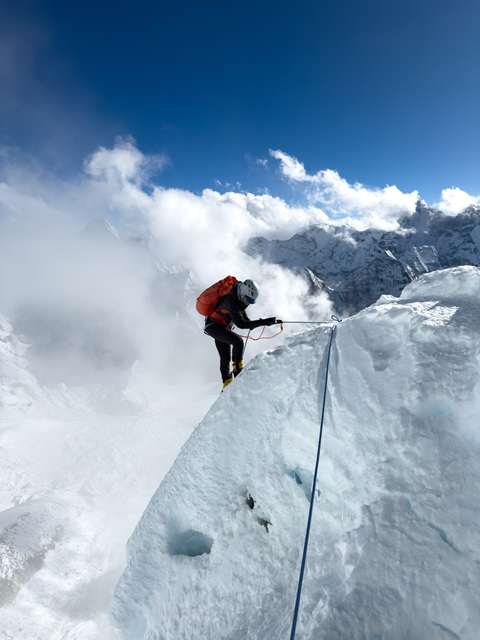
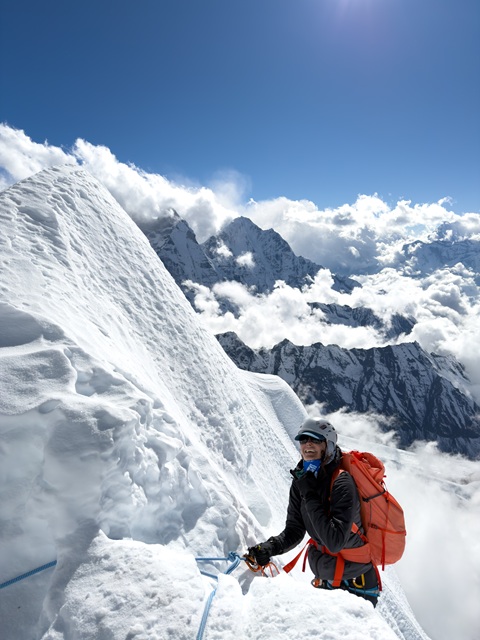
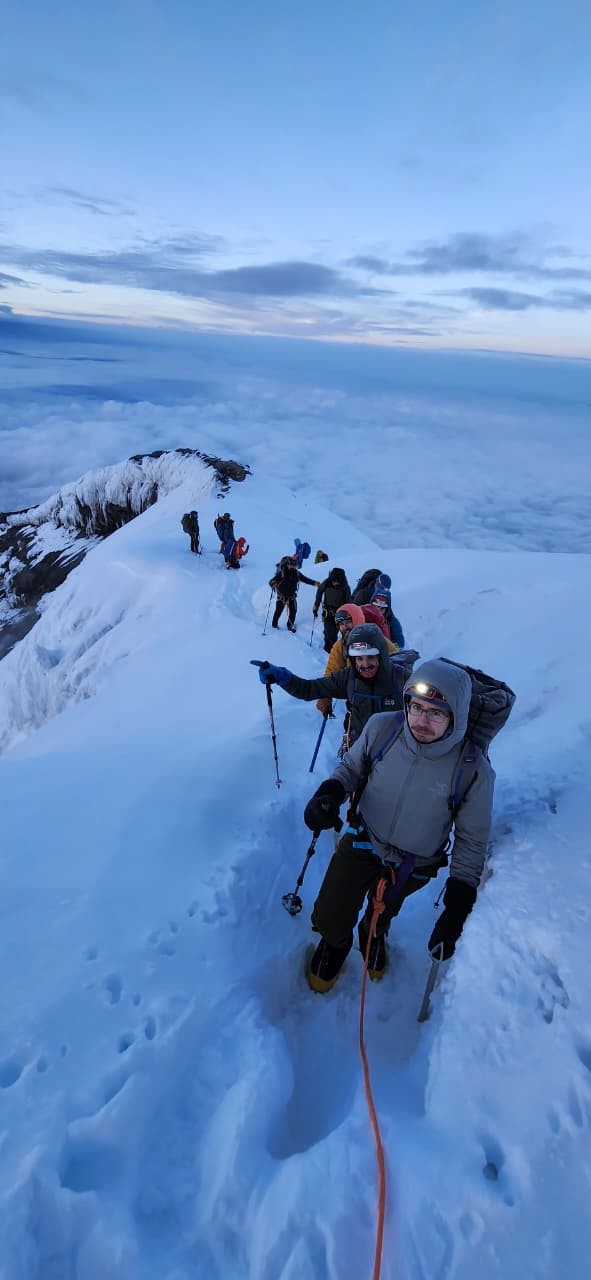
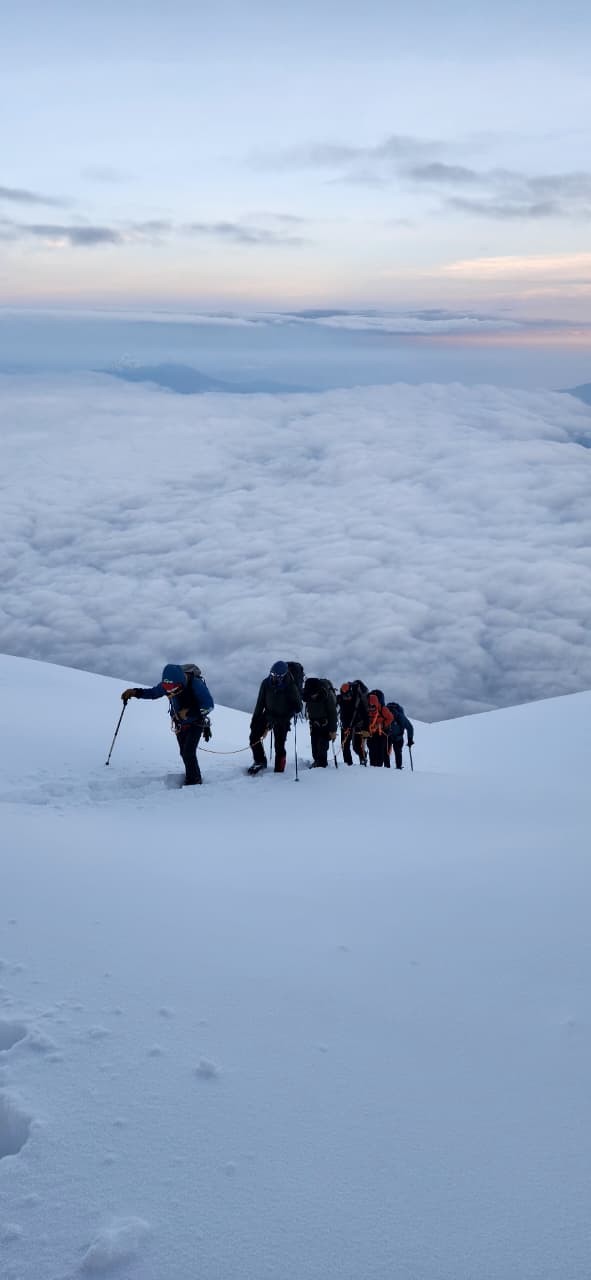
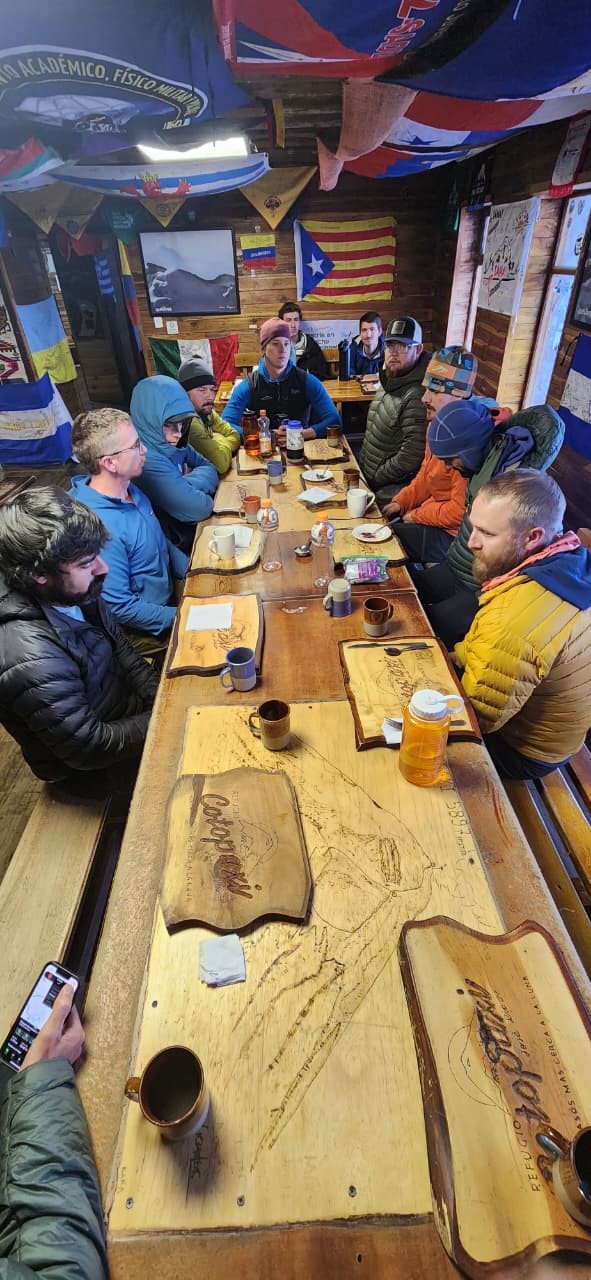


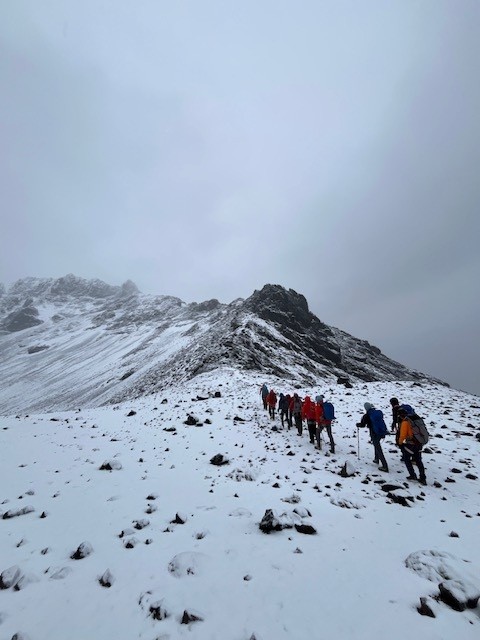

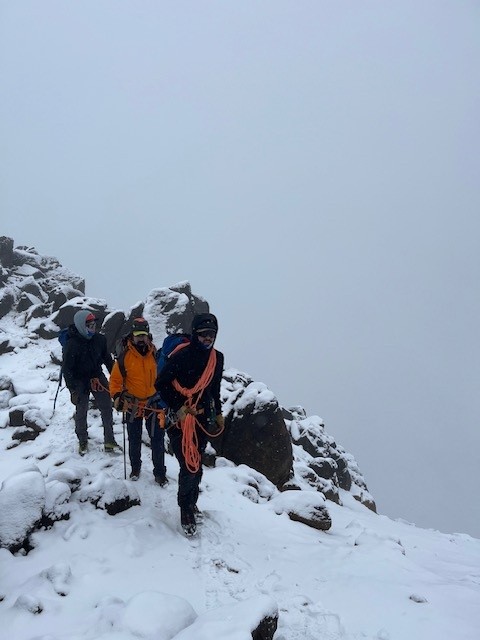
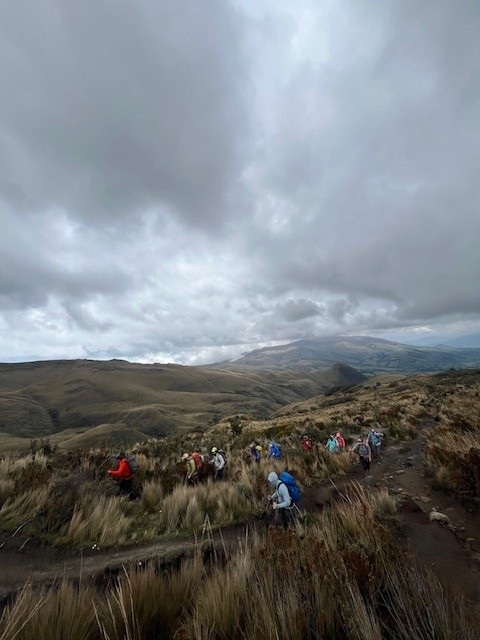

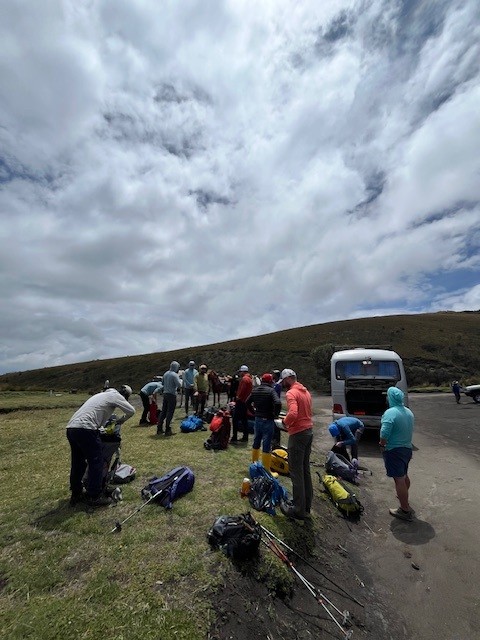
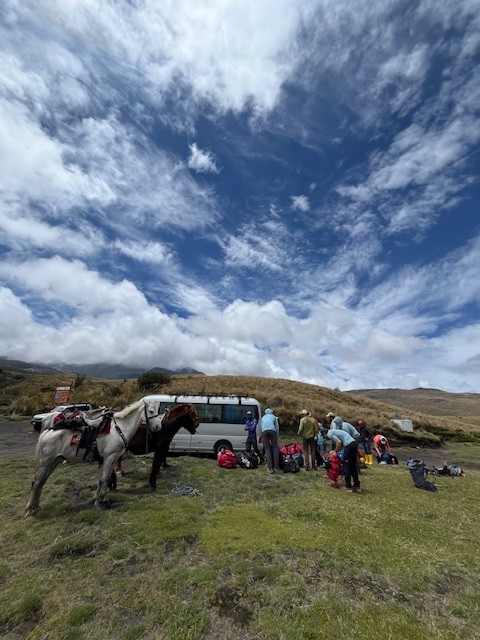
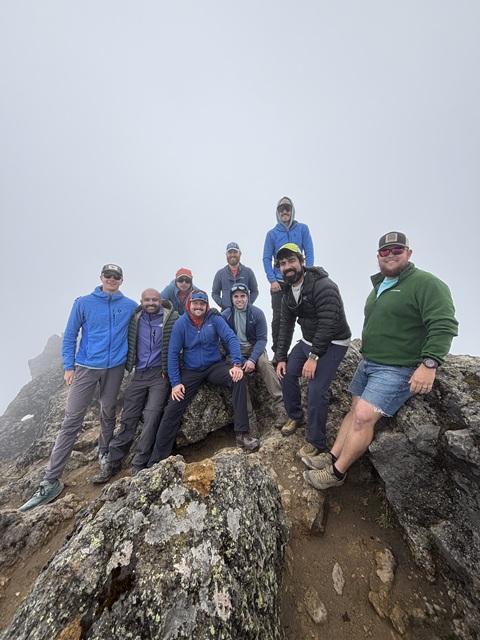






very useful inputs, for someone like me who aspires to scale denali/ kilimanjaro and many more with rmiguides ! and thinking how to get started
Posted by: kiran balijepalli on 11/28/2022 at 7:41 pm
Does heart rate change with altitude? Should my first push up the hill to Panorama Point match my last push prior to Muir?
Posted by: Rob on 5/16/2021 at 8:02 am
View All Comments